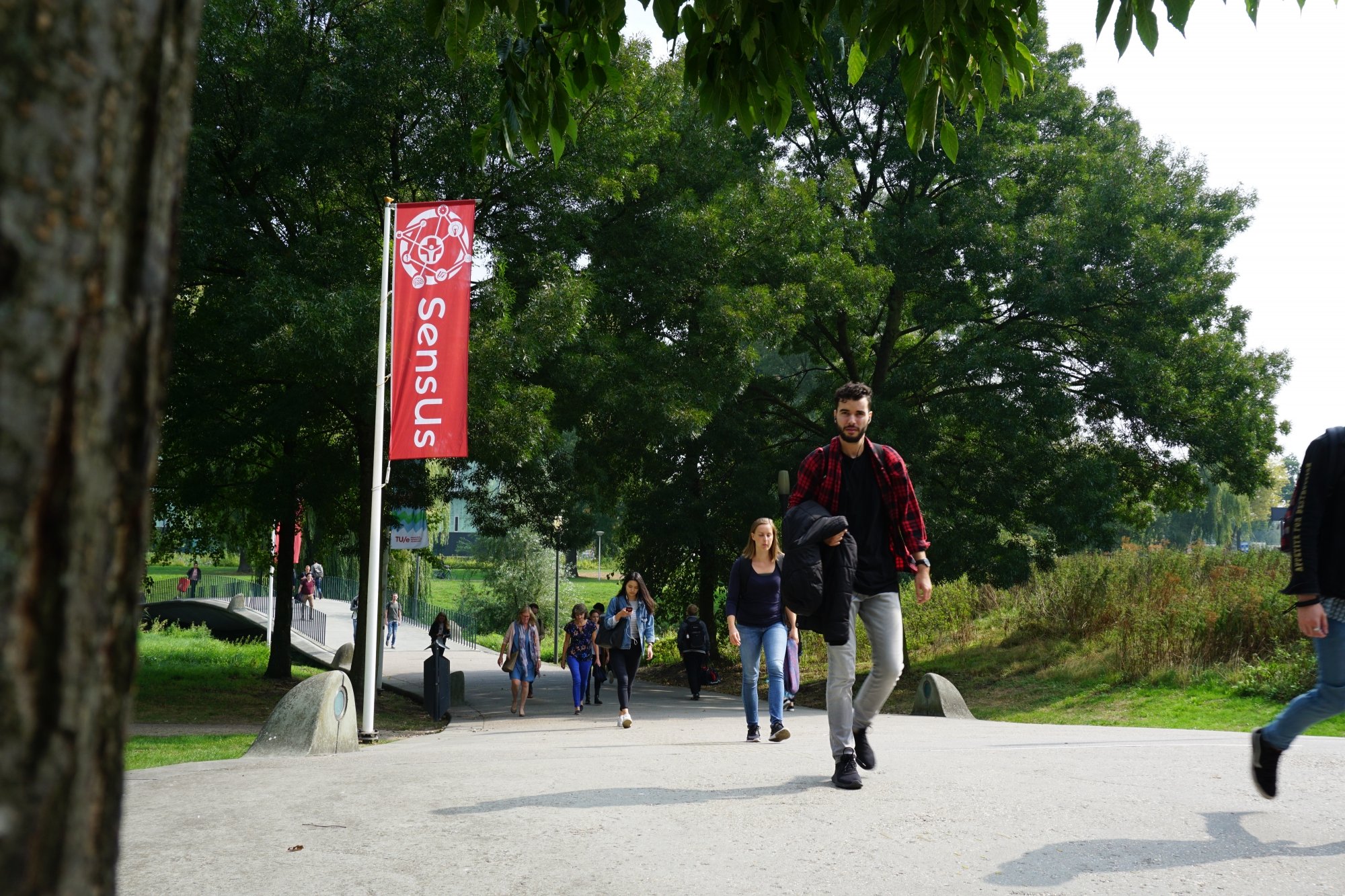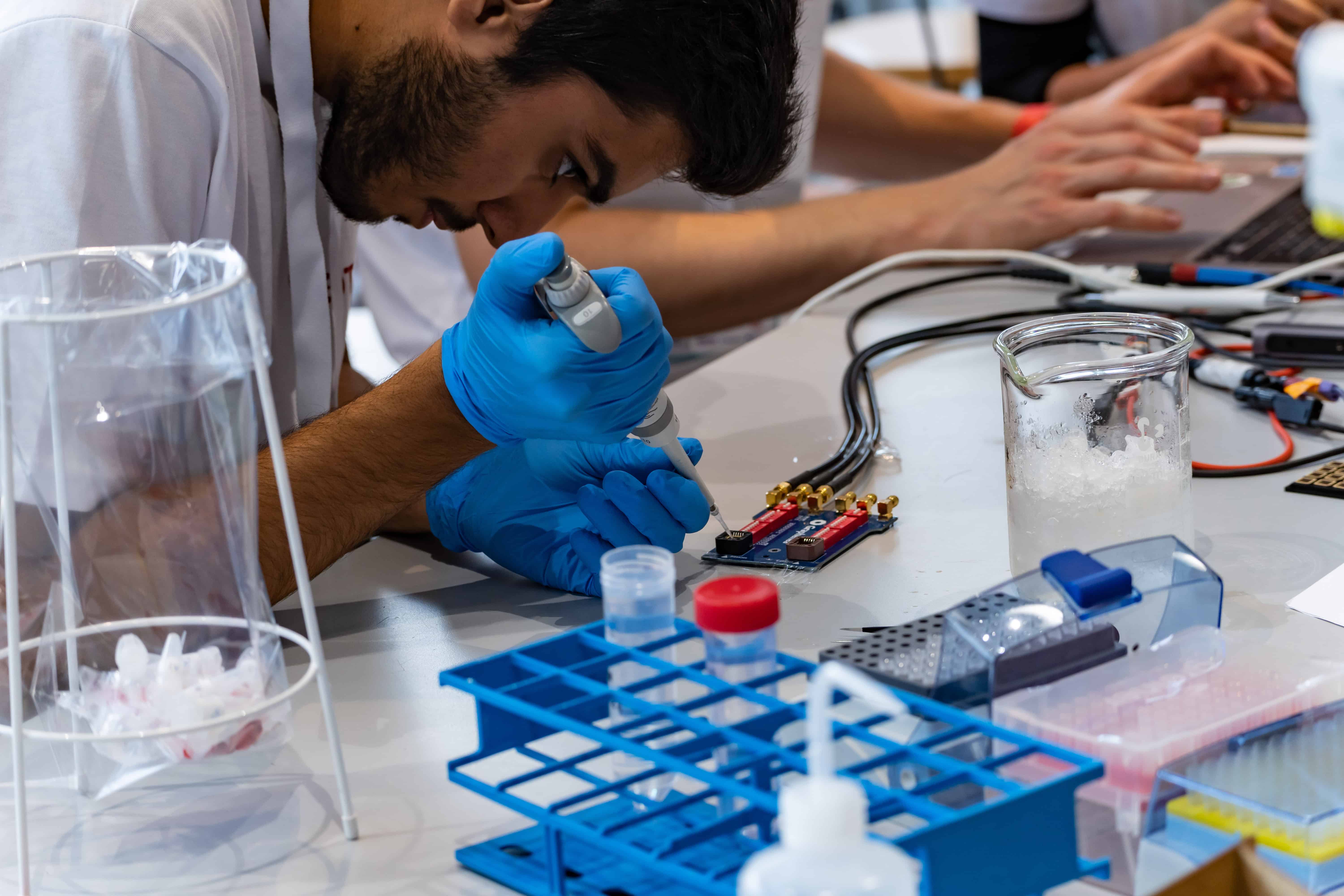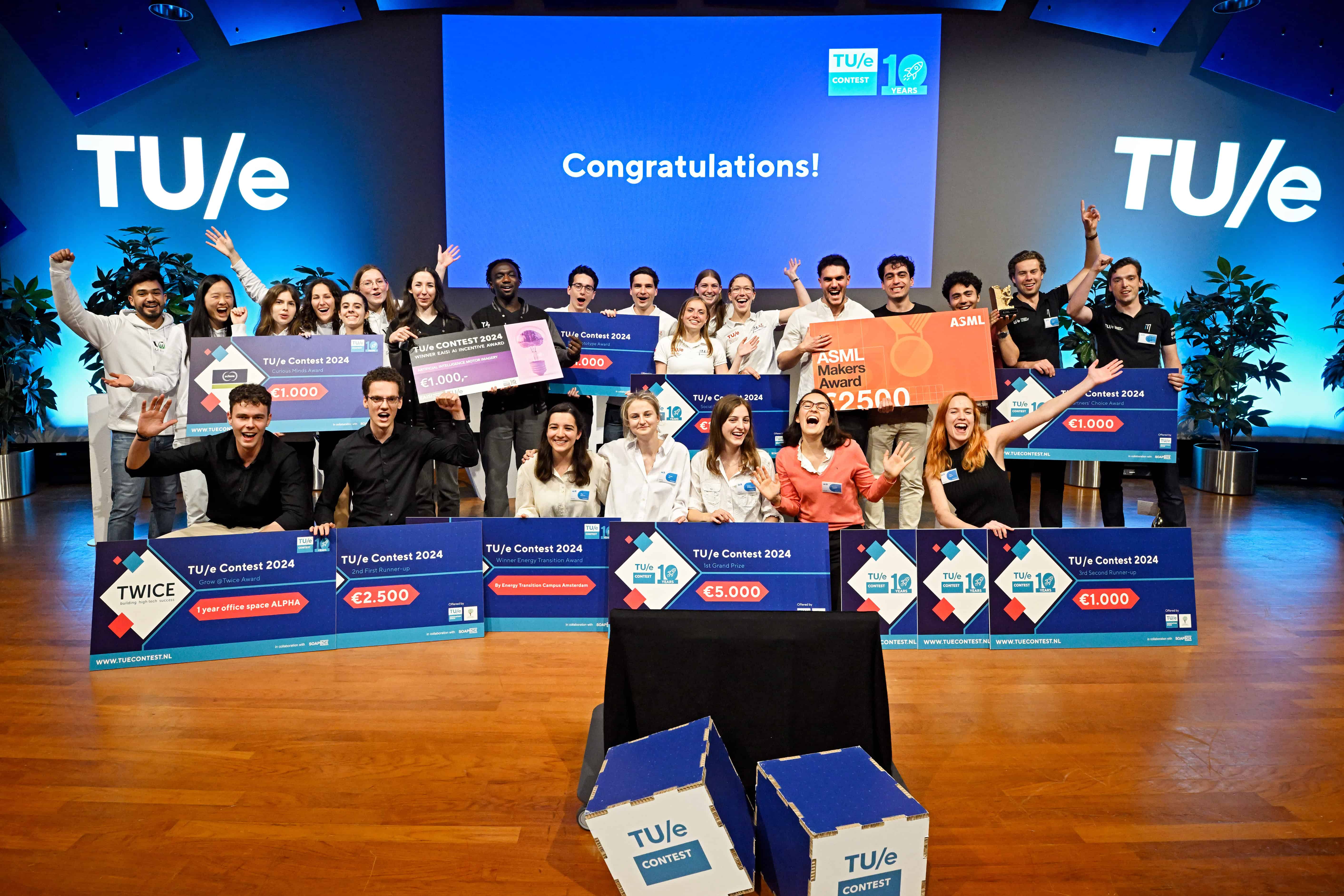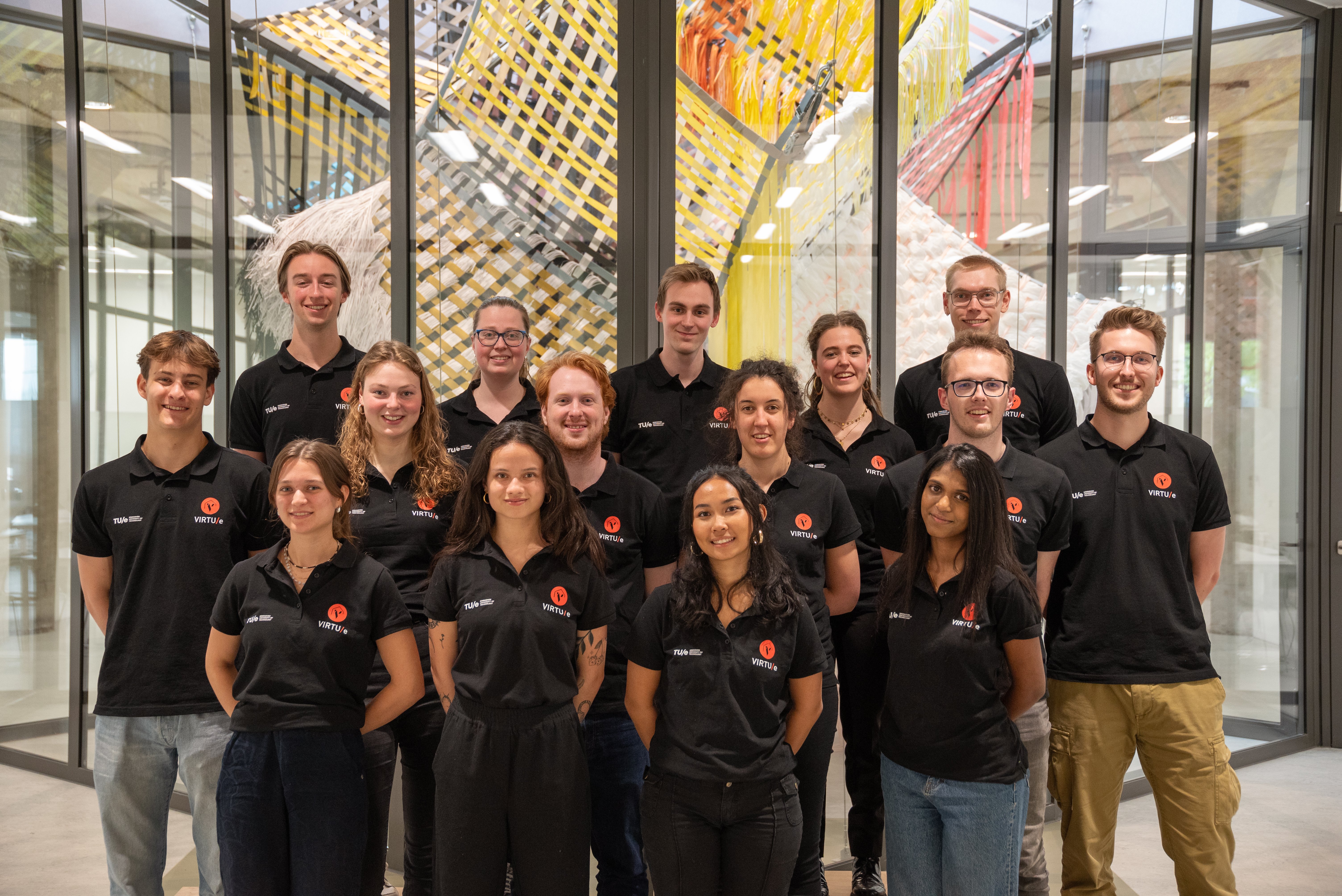
A weekend full of researching, building and pitching students, all looking for that one compact biosensor that can measure precisely how many antibiotics are needed in the blood to fight an infection. The SensUs team, which we spoke to earlier, can once again look back on a successful event this year. During this year’s competition, which was all about antibiotics, the participants were looking for a biosensor that was able to determine the right dose of vancomycin.
They arrived in Eindhoven on Wednesday, but on Friday the thirteen student teams started competing with each other. After the kick-off of the event, the tests of the developed sensors took place; each team received 24 blood samples of which they had to find out the correct vancomycin values. In addition, students gave pitches about their business model, startups told about their experiences, and a ‘meet the partner’ event brought students and companies in touch with each other.
SensUs aims to accelerate the development of a biosensor of this kind. The assignment for the thirteen participating student teams from twelve different countries was to develop a biosensor for the antibiotic vancomycin. Careful use of this medicine is essential, as it is a last resort for patients who are already resistant to any other form of antibiotics.
While fellow students were busy obtaining the measurement results, some took the time to present what they had made. They proudly told us which techniques they used and how this can be applied in practice.
Alix Faillétaz, a member of the team Senswiss, told how their device uses fluorescence polarisation. This technique, which measures the light intensity of a fluorophore (in this case vancomycin), has several advantages. This means you don’t have to deal with an incubation time and you can perform measurements quickly and accurately. At least, theoretically. Due to a lack of time, the Swiss team still had to perform a few actions manually. “We dare to say that if we integrate everything, we can do a measurement in one minute.
Team Montreal
The Canadian team suffered from a problematic situation; their biosensor was held by French customs for five days. Because of this, the team had no more opportunity to do the final touches, while other teams did. After their package had finally arrived, the Canadian team forgot to convert the voltage from 110 volts to 230 volts in the Netherlands, making the biosensor inoperable. The Canadians didn’t give up hope, after hard work they still developed an alternative measurement method.
Awards
On Saturday, the second and last day of the event, the jury handed out the four awards. Thanks to the accurate measurement results, Team Senswiss, of the École Polytechnique Fédérale De Lausanne, went home with the Analytical Performance Award. For the Creativity and Translational Potential Awards, the Swiss missed out. These prizes went to Team VanGow (University of Glasgow) and to the team of the Catholic University of Leuven. Thanks to the high number of votes, the team from the American University in Cairo went home with the public prize.
In contrast to previous editions of SensUs, TU/e-team T.E.S.T. did not win any prizes this year. The team, which consists only of second-year students, did reach the second place in the public award.
In addition to a competition for university students, SensUs also organised a competition for secondary school students. With the so-called ‘High School Project’ SensUs hopes to encourage young talents for the technique and stimulate the creativity of students by building real prototypes. Five girls from the Eindhoven Van Maerlantlyceum won this competition.
After the event, the organisation announced the theme for the next edition of SensUs: rheumatism. The next challenge will be to find a biosensor for the drug etanercept.








